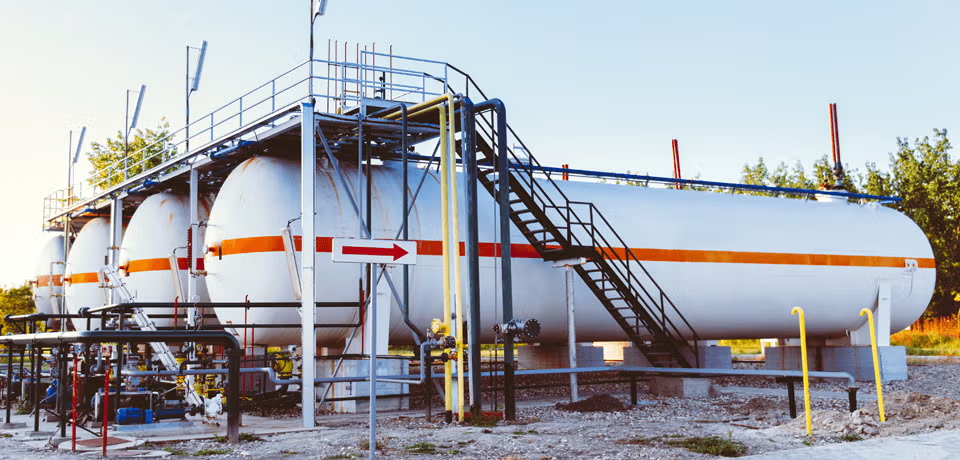Synthesis gas (Syngas) products like ammonia, methanol and hydrogen are important intermediates in the fertilizer, chemical, refining and steel industry. Syngas production is one of the most energy-intensive parts of the chemical industry. Therefore, even small reductions in energy use can lead to significant carbon dioxide (CO2) emissions savings due to the size of the syngas segment.

According to chemistry manufacturing company Clariant, 50 percent of syngas production is from natural gas feedstock, and it is expected to not only continue to be the basis in the foreseeable future, but also potentially grow in the short term due to the shift of coal-based to natural gas-based syngas production plants as measures for reducing CO2 emissions. Therefore, energy efficiency improvements are important in driving positive sustainability impacts.
Steam methane reforming is a principal industrial process used to manufacture syngas. At the processes’ core is the tubular primary reformer. The hydrocarbon feedstock (e.g., methane) reacts catalytically with steam to form a mixture of hydrogen, carbon monoxide, and carbon dioxide.
In efforts to reduce the carbon intensity of production, Clariant and Technip Energies partnered to develop the EARTH® technology, an acronym for “Enhanced Annular Reforming Tube for Hydrogen.” EARTH technology is a drop-in solution to produce hydrogen from syngas through an enhanced heat recuperative process that, according to the companies, reduces CO2 emissions and contributes to energy savings while also offering higher hydrogen yields.
EARTH® uses specially designed and patented tube internals with a Clariant-developed catalyst in a steam methane reformer. The combination can increase the hydrogen output by up to 20 percent while reducing CO2 emissions by up to 10 percent, according to the companies, resulting in up to 50 percent lower fuel consumption per unit of hydrogen produced. As an added benefit, the companies tout, EARTH is carbon-capture-ready and can play a key role in global efforts to promote clean hydrogen and reduce emissions.
In 2022, EARTH started up at a large-scale facility in Europe and reached full capacity (more than 20 percent of the original design) within 2023. Furthermore, the EARTH technology is also used at a new hydrogen plant in Cartagena, Spain, which started up in 2023 and supplies hydrogen to a bio-refinery.



